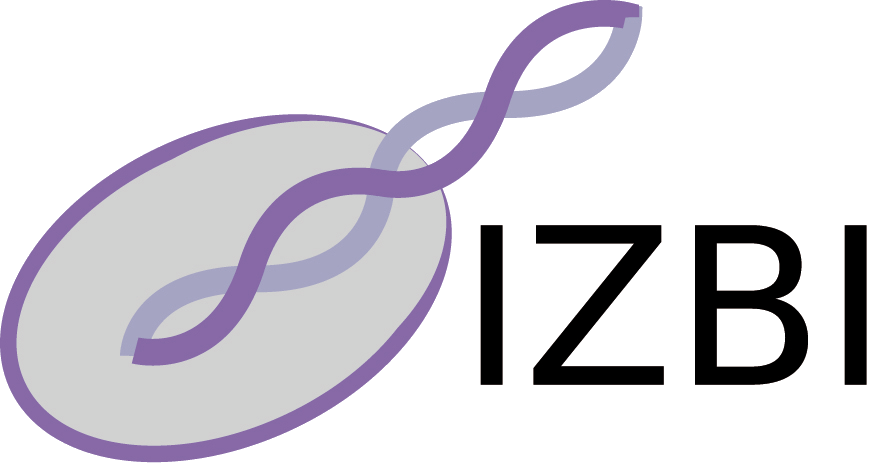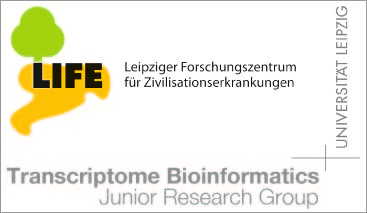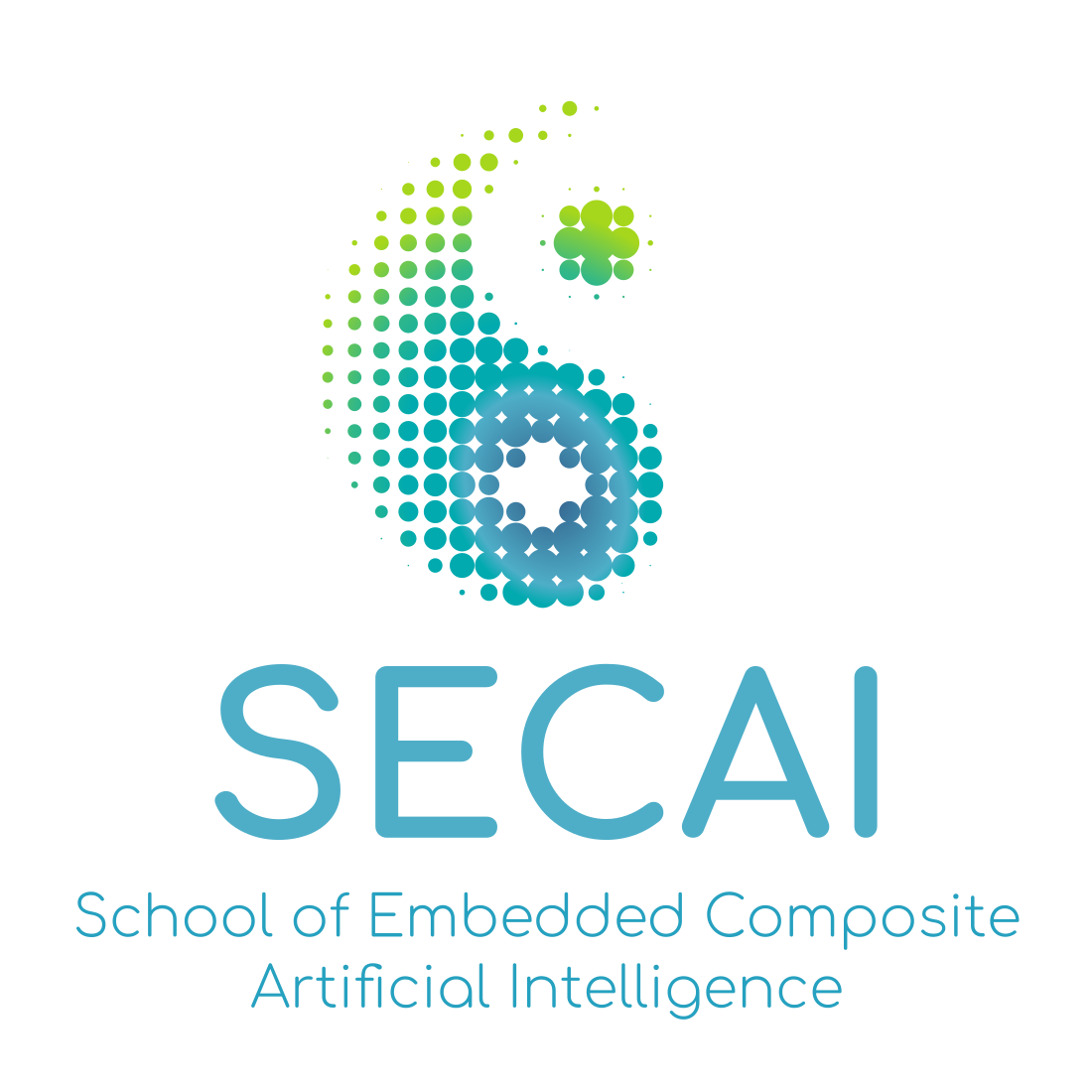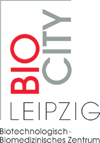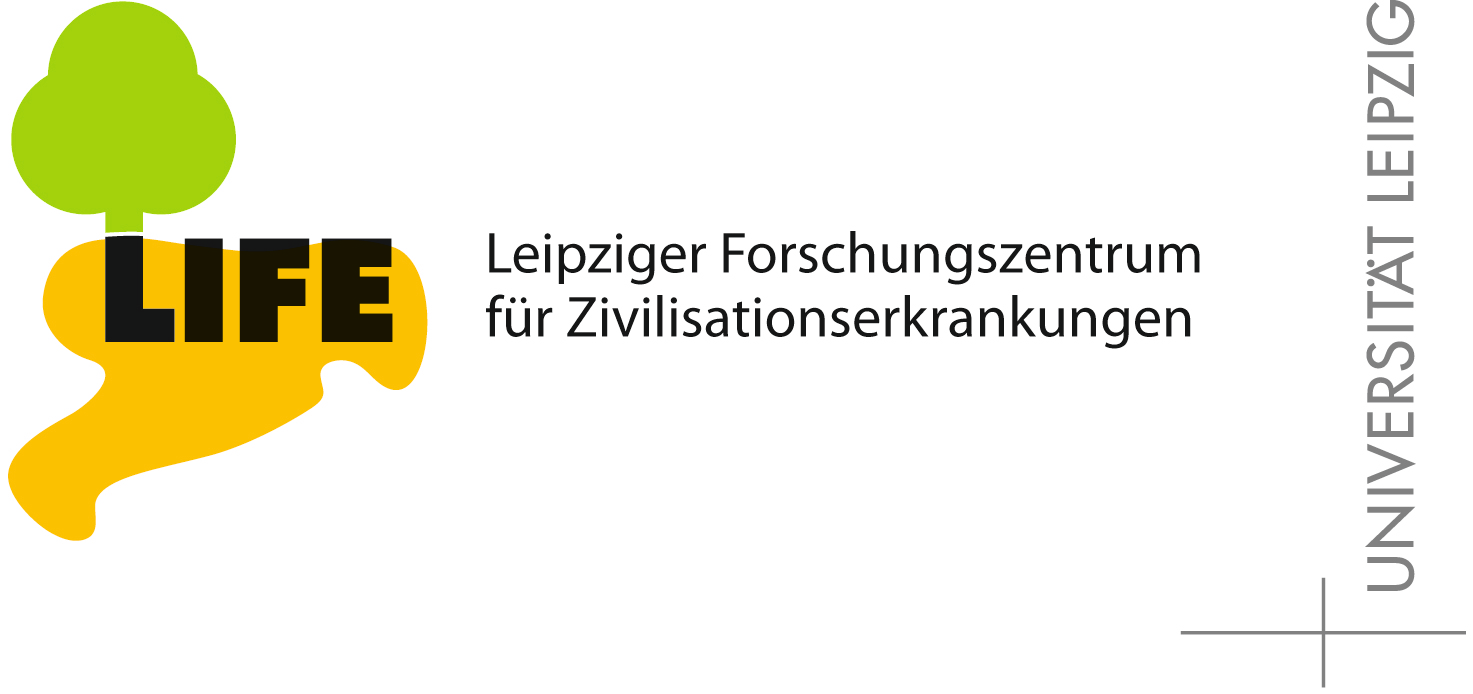Publications - Published papers
Please find below publications of our group. Currently, we list 565 papers. Some of the publications are in collaboration with the group of Sonja Prohaska and are also listed in the publication list for her individual group. Access to published papers ( ) is restricted to our local network and chosen collaborators.
If you have problems accessing electronic information, please let us know:
) is restricted to our local network and chosen collaborators.
If you have problems accessing electronic information, please let us know:
 ) is restricted to our local network and chosen collaborators.
If you have problems accessing electronic information, please let us know:
) is restricted to our local network and chosen collaborators.
If you have problems accessing electronic information, please let us know:©NOTICE: All papers are copyrighted by the authors; If you would like to use all or a portion of any paper, please contact the author.
Proteinortho: Detection of (Co-)Orthologs in Large-Scale Analysis
Marcus Lechner, Sven Findeiß, Lydia Steiner, Manja Marz, Peter F Stadler, Sonja J. Prohaska
Download
Status: Published
BMC Bioinformatics 2011, 12:124
Abstract
Background:
Orthology analysis is an important part of data analysis in many areas of
bioinformatics such as comparative genomics and molecular phylogenetics.
The ever-increasing flood of sequence data, and hence the rapidly
increasing number of genomes that can be compared simultaneously, calls for
efficient software tools as brute-force approaches with quadratic memory
requirements become infeasible in practise. The rapid pace at which new
data become available, furthermore, makes it desirable to compute
genome-wide orthology relations for a given dataset rather than relying
on relations listed in databases.
Results: The program Proteinortho described here is a stand-alone tool that is geared towards large datasets and makes use of distributed computing techniques when run on multi-core hardware. It implements an extended version of the reciprocal best alignment heuristic. We apply Proteinortho to compute orthologous proteins in the complete set of all 717 eubacterial genomes available at NCBI at the beginning of 2009. We identified thirty proteins present in 99% of all bacterial proteomes.
Conclusions: Proteinortho significantly reduces the required amount of memory for orthology analysis compared to existing tools, allowing such computations to be performed on off-the-shelf hardware.
Results: The program Proteinortho described here is a stand-alone tool that is geared towards large datasets and makes use of distributed computing techniques when run on multi-core hardware. It implements an extended version of the reciprocal best alignment heuristic. We apply Proteinortho to compute orthologous proteins in the complete set of all 717 eubacterial genomes available at NCBI at the beginning of 2009. We identified thirty proteins present in 99% of all bacterial proteomes.
Conclusions: Proteinortho significantly reduces the required amount of memory for orthology analysis compared to existing tools, allowing such computations to be performed on off-the-shelf hardware.
Keywords
orthology, genomes, bacteria, protein, blast, multipartite graph


